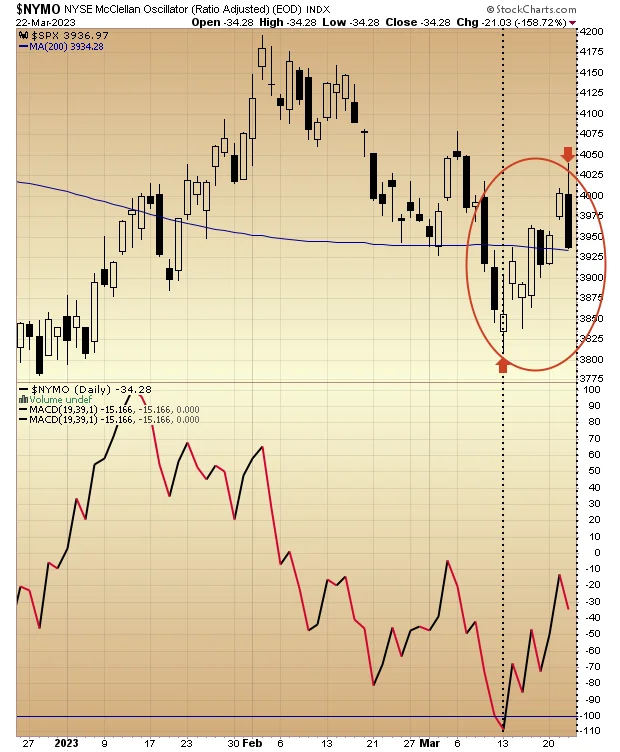Decoding the Latest FOMC Minutes: Rate Path Clues and Market Impact
The entire financial world will pause at 2:00 PM Eastern on Wednesday, October 8th. The cursor will blink on a thousand screens, waiting for a PDF that promises clarity but is built on a foundation of sand. The release of the Federal Reserve's September FOMC meeting minutes has become a ritual, a moment where analysts parse every "whereas" and "therefore" for a glimpse into the central bank's collective mind.
This time, however, the ritual feels hollow.
We are all waiting for a report card on an exam that was graded weeks ago, using an answer key that is now hopelessly out of date. The market is desperate for a signal on future interest rate cuts, but the signal is being broadcast through a storm of static. A US government shutdown has triggered a "labor data blackout," severing the flow of the very numbers the Fed professes to be dependent on. The institution is flying blind, and these minutes are a dispatch from a pilot who could still see the ground.
The core problem is one of simple inputs and outputs. The Fed’s entire credibility rests on its claim to be "data-dependent." But what happens when the data stops? How does a committee of economists make multi-trillion-dollar decisions when their primary gauges—the employment situation, inflation metrics, retail sales—are dark? This isn't just an inconvenience; it's a fundamental crisis of methodology.
The Information Vacuum
The Federal Reserve, at its core, is an information processing machine. It ingests vast quantities of economic data and outputs monetary policy. The current government shutdown has effectively cut its primary fuel line. Without the steady stream of data from the Bureau of Labor Statistics and other agencies, the Fed is operating on stale information and conjecture.
Think of the Fed as a pilot attempting a nighttime landing on an aircraft carrier. Under normal conditions, the pilot has a full suite of instruments: altitude, airspeed, glide slope, and guidance from the landing signal officer. Right now, the instrument panel has gone dark. The pilot is being asked to land a multi-trillion-dollar economy based on their last known coordinates and a rough feel for the wind. The September minutes we're about to read are those last known coordinates. They reflect a world that, from a data perspective, no longer exists.
This situation forces us to ask a deeply uncomfortable question: Is the Fed's next move even an educated guess, or is it just a guess? The market is pricing in a certain probability of rate cuts—some models suggest a 40% chance, or to be more exact, a 38.5% chance by year-end—but this is statistical modeling based on historical precedent. We have no modern precedent for a central bank navigating a potential disinflationary turn while being information-starved in this manner.

And this is the part of the current setup that I find genuinely puzzling. The market's obsession with the minutes seems to ignore this foundational problem. We're about to spend days dissecting the linguistic nuances of a document whose underlying assumptions have been rendered moot. What did the committee think about non-farm payrolls in early September? It’s an interesting historical question, but it’s about as relevant to the October decision as reading last year’s weather report to decide if you need an umbrella today.
The Miran Variable
Compounding this uncertainty is a new and unpredictable element within the FOMC itself: the newly-elected Fed governor, Stephen Miran. His appointment introduces a significant ideological wildcard into what is typically a very staid, consensus-driven body.
Miran has publicly floated a rather heterodox theory: that the path to curbing inflation might involve lower interest rates. This runs contrary to the entire post-Volcker playbook of modern central banking (a playbook that has been the consensus for over forty years). The conventional wisdom, backed by decades of economic theory, is that you raise rates to cool an overheating economy and tame inflation. Miran’s proposition, while not fully detailed, seems to suggest a different mechanism is at play.
I've analyzed hundreds of public statements from central bankers around the world, and this particular argument is a genuine outlier. It introduces a variable that quantitative models can't easily price. Is he a lone dissenter whose voice will be absorbed into the committee's consensus? Or does his appointment signal a quiet, but significant, shift in the Fed's ideological center of gravity?
The minutes might give us our first clue. We'll be looking for any hint that this perspective was debated or even acknowledged during the September meeting. His influence, or lack thereof, is a critical piece of the puzzle. The presence of a governor with such a fundamentally different reaction function means that even if the Fed did have perfect data, its policy output would be harder to predict. Without data, his voice—based on theory rather than real-time numbers—could become disproportionately loud. What happens when the only instruments you have left are gut feelings and economic philosophy?
A Calculated Risk in an Unquantifiable World
Ultimately, the obsession with Wednesday's minutes is a distraction. The document will be a Rorschach test, with doves seeing justifications for cuts and hawks seeing reasons for caution. The real story isn't what the Fed thought a month ago; it's how it will make a decision in three weeks with a fraction of the necessary information.
My analysis suggests the Fed is cornered. It cannot hold policy steady and claim to be data-dependent when there is no data. It cannot cut rates aggressively without being accused of acting on panic or politics. Every path is fraught with risk to its credibility. The minutes are not a map of the future; they are a photograph of a shoreline that is already receding from view. The most important data point now is the Fed's own tolerance for uncertainty, and you won't find that number in any government report.
